“The Staggering Girl” • The Meeting of Dreams and Reality
in Fashion Fantasy of
Luca Guadagnino
Only in last years, fashion films have taken their place in the film industry, they are shown in film festivals, and world famous directors are involved in their production.
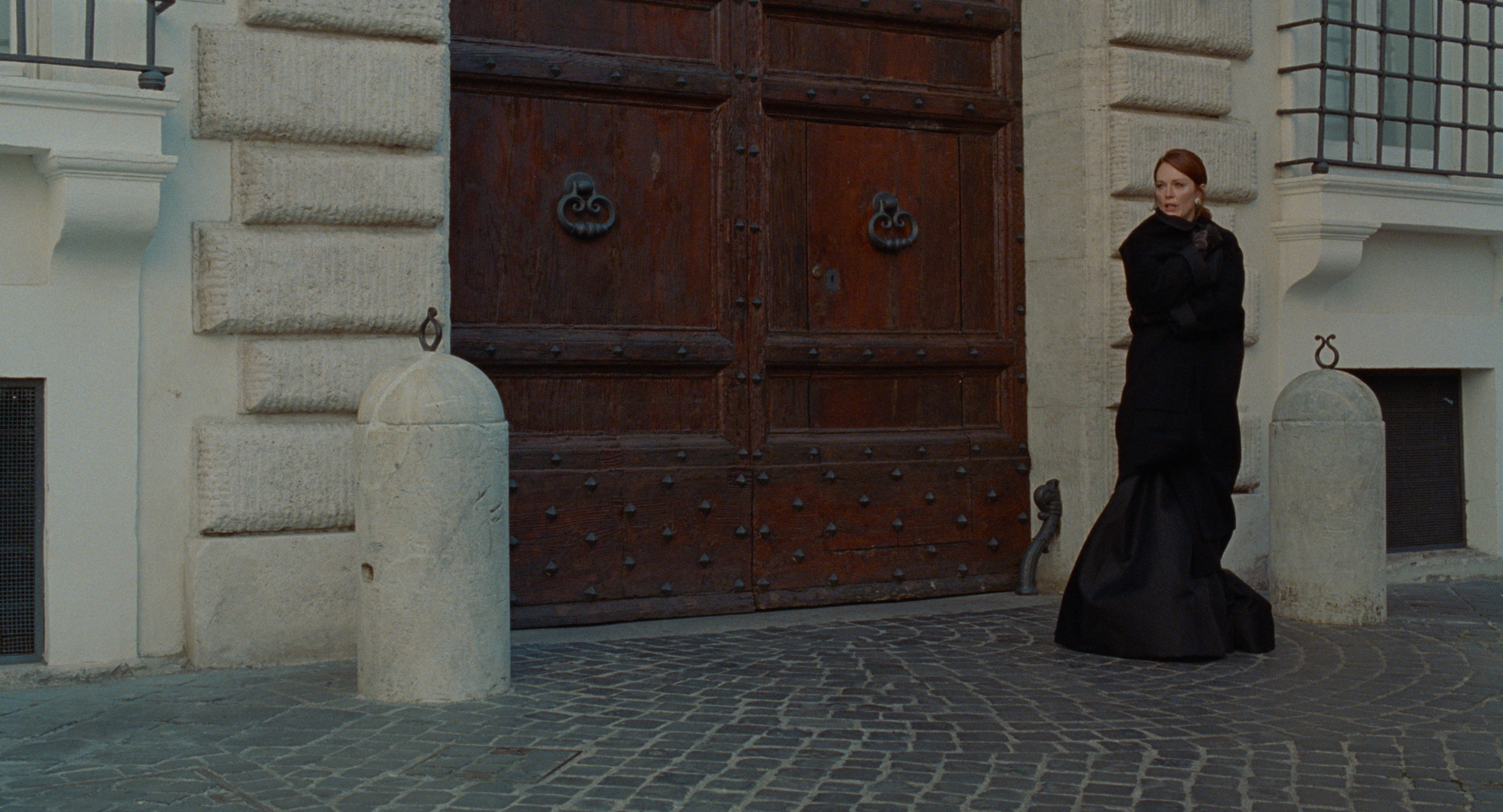
One of my favorite contemporary directors is Luca Guadagnino. And of course, I could not ignore his short fashion film, which had it world premiere at the Cannes Film Festival in the Directors Fortnight section in 2019. The film was produced in collaboration with Valentino creative director Pierpaolo Piccioli.
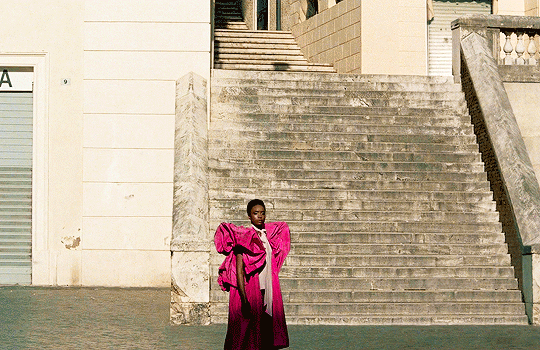

The unusualness of this work lies in the fact that, according to the director, he was inspired to create the film by Valentino Fall 2018 Couture Collection. This is not typical for «serious cinema», and the film could be suspected of excessive commercialization.
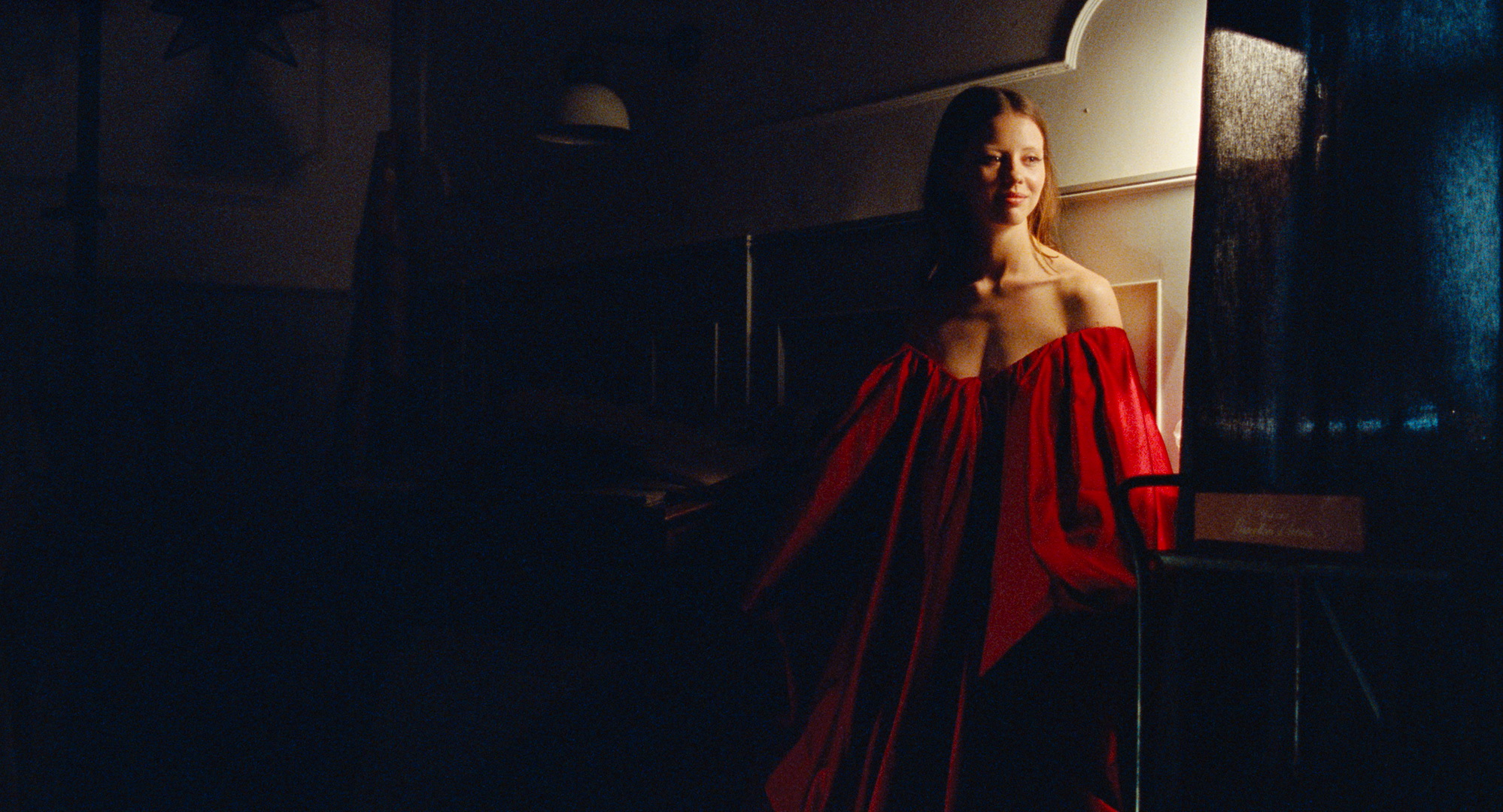
However, who decides what separates art from commerce?


The story of “The Staggering Girl” revolves around New York-based writer Francesca Moretti (Julianne Moore), daughter of German-Italian artist Sofia Moretti. Francesca goes to Rome to persuade her aging and blind mother to move in with her, but, once in her long-abandoned home, she is immersed in memories.
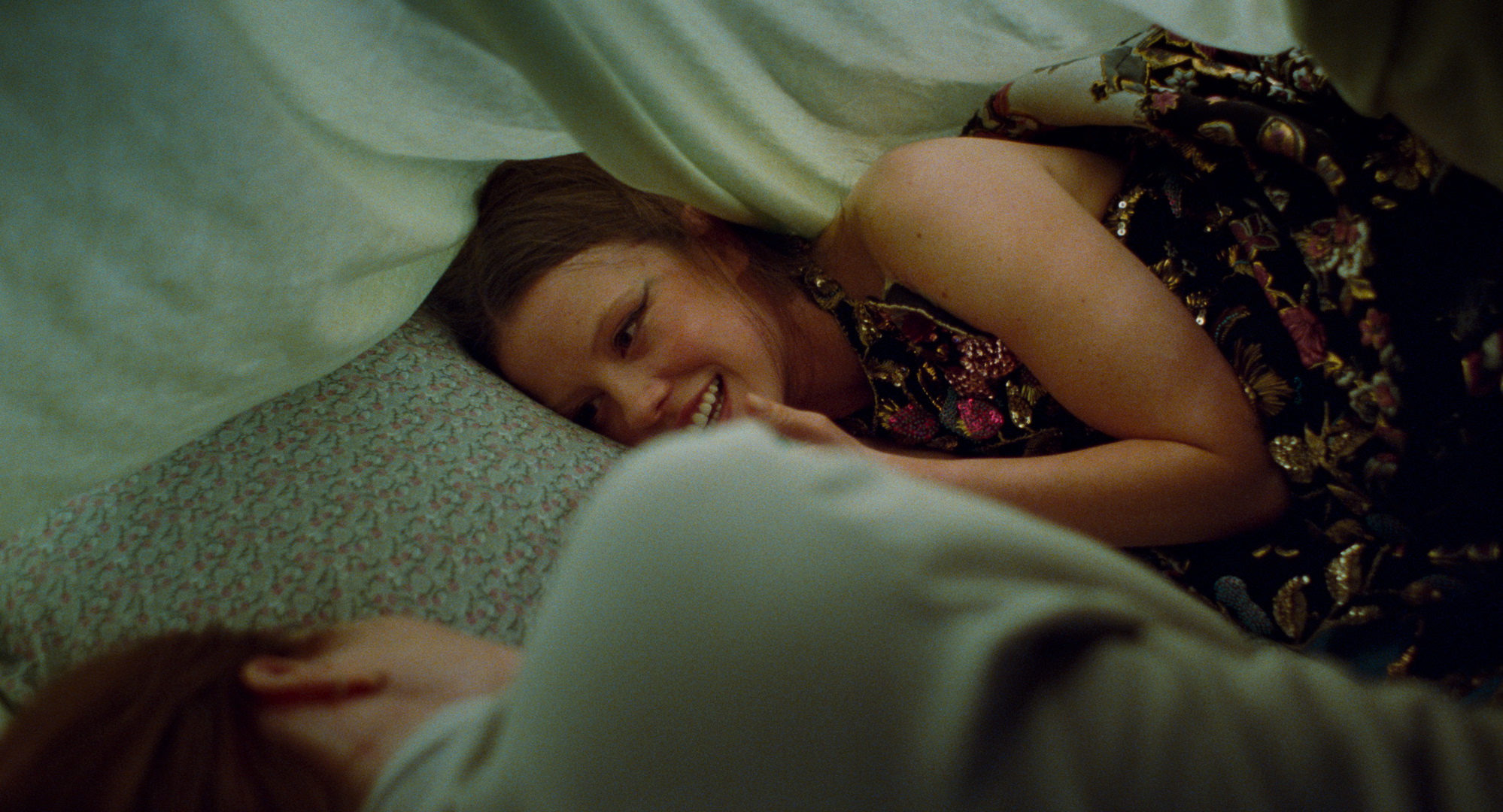
The whole film is reminiscent of fragments of dreams or verses from a romantic poem embodied on the screen, this work is closer to a cinematic essay than to a commercial.

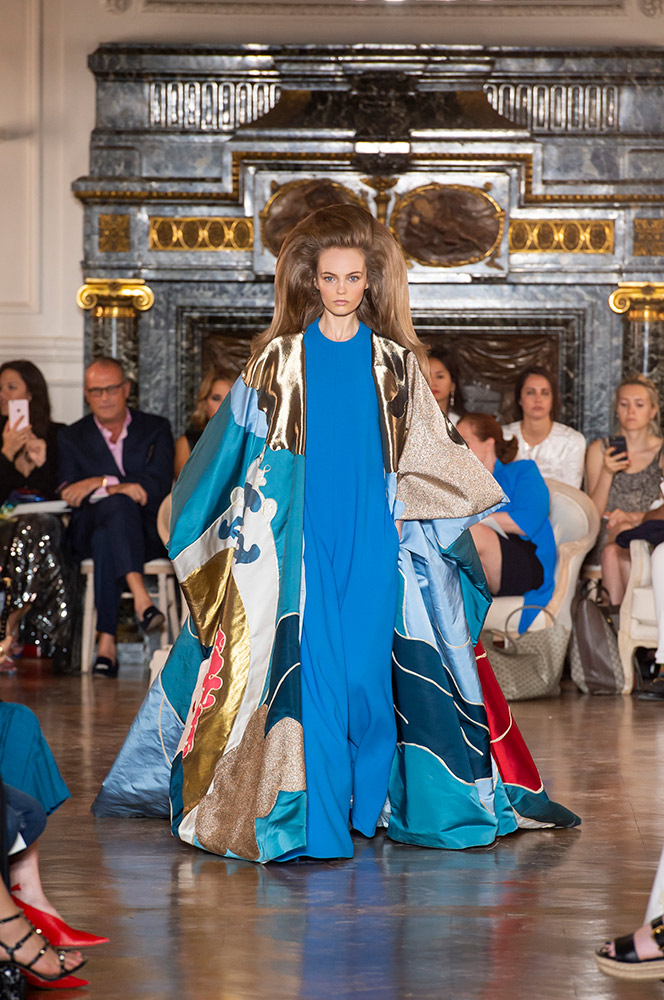
Francesca walks on the creaky floorboards of the house, falls into dreams where her mother is very young. She dives further and further into her past, seemingly irretrievably lost, like the vision of her mother-artist. But the heroine can neither support her nor leave.

And yet they are able to find a common language. It is in inspiration and art, which, like a bridge, appears wherever there are too many or not enough words.
Guadagnino uses an exclusively static camera, violating this principle only once, when we must feel that the past and the present are inseparable. According to the director, he sought to give shape to the logic of the dream and did not intend to make the camera the protagonist, allowing the characters to move freely within the frame.
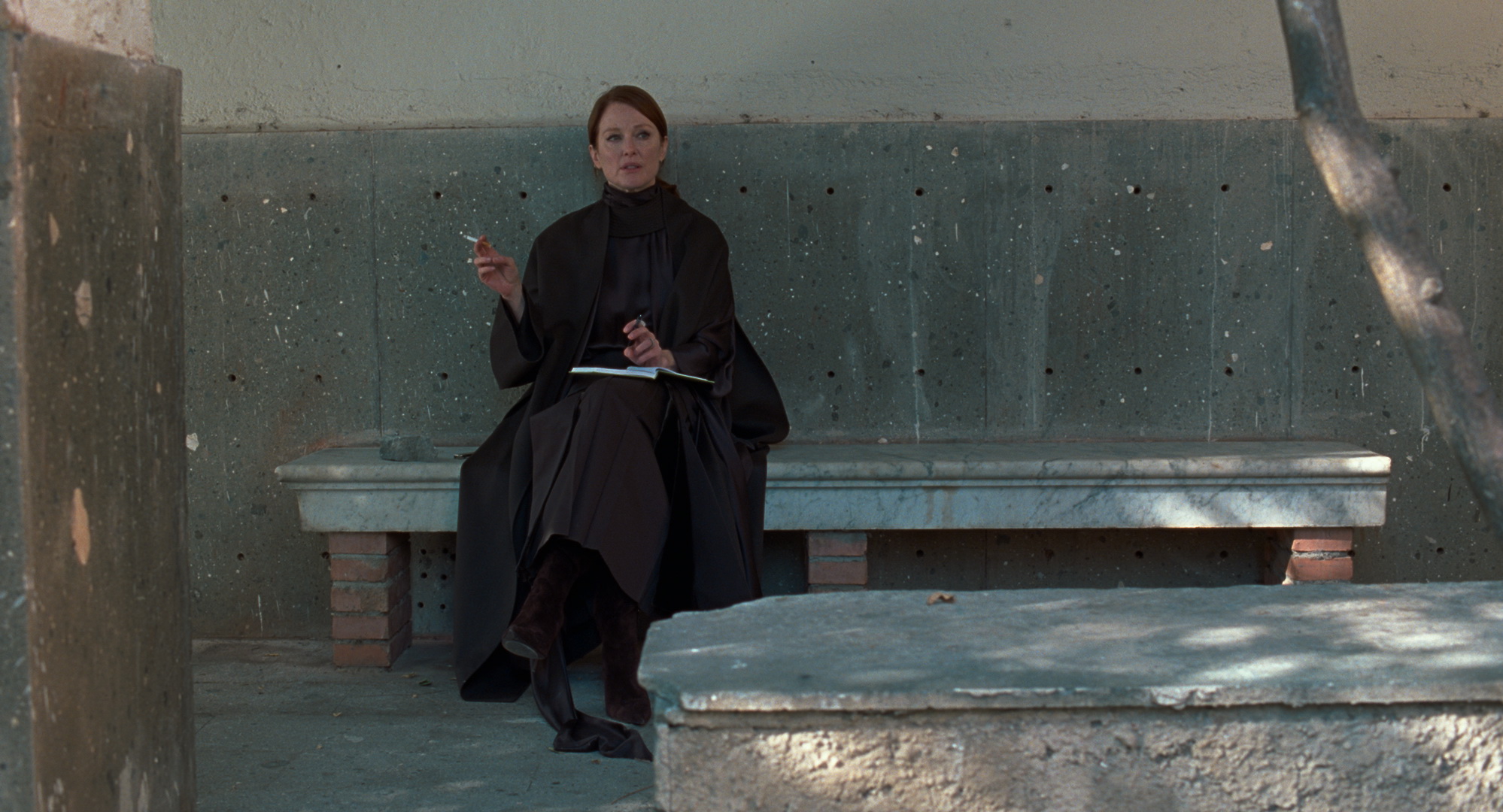
These shots somehow reminded me the «Color of Pomegranates» by Sergei Parajanov. A celebration of aesthetics. Living Postcards. Of course the aesthetic is different, but this decorative atmosphere is similar to a day-dream.
According to the director, he was more inspired by Hitchcock.

The colors in the film are soft, sometimes even faded, but Valentino outfits act as a bright fantasy canvas in them. Mustard Dress of the Stranger gives us a feeling of anxiety. Colorful outfits of young Sofia dive into bright dreams about the past. And the last scenes of fashion coven refer to the triumph of art and creativity.
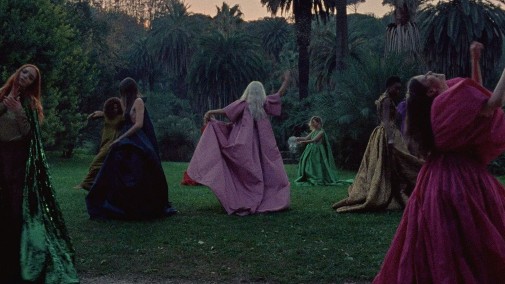
The sound plays an important role in creating such a feeling: the characters' internal monologue is intertwined with the sounds and rustles in the film, plunging the viewer deeper and deeper into the waking dream narrative.
Separately, it is worth highlighting the soundtrack, for the creation of which the owner of the Oscar, Grammy and BAFTA, two-time winner of the Golden Globe - Ryuichi Sakamoto was invited. The charming title theme that sounds in Guadagnino's picture has a literally hypnotizing effect.
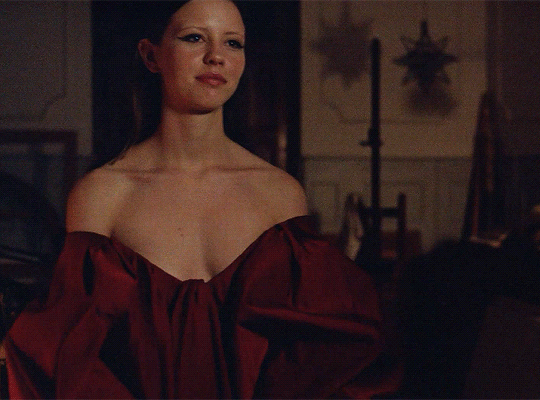
In this imagination, memories, thoughts, dreams, sensations, both real and invented, are intertwined and transformed. This is a story about the fact that we consist of memories, touches, mother's smiles and first love, about that everyone is the creator of their own universe.